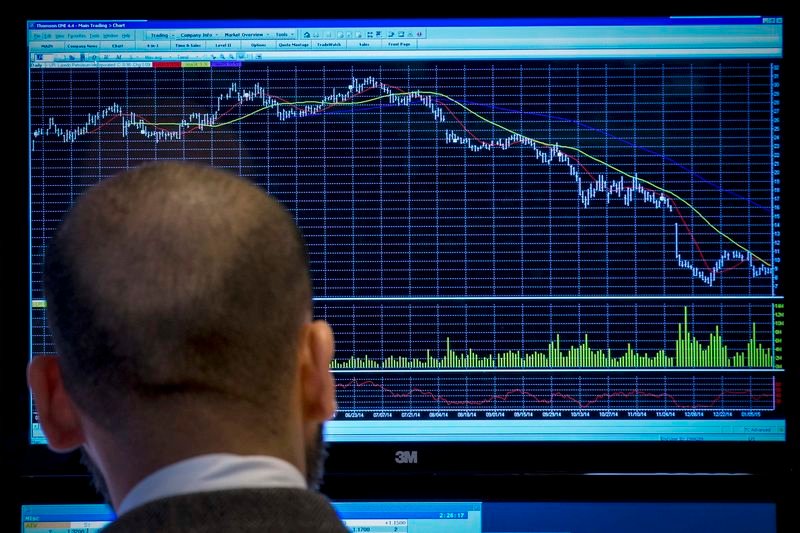By Akash Sriram and Abhirup Roy
(Reuters) – A self-driving Tesla carrying a passenger for Uber collided with an SUV at an intersection in suburban Las Vegas in April, raising concerns about the use of self-styled “robotaxis” operating in a regulatory gray area in U.S. cities, potentially jeopardizing lives.
Tesla CEO Elon Musk is set to unveil plans for a robotaxi, or self-driving car for ride-hailing services, on Oct. 10, with the goal of establishing a Tesla-operated taxi network of autonomous vehicles owned by individuals.
However, DIY versions are already growing in popularity among 11 ride-hail drivers using Tesla’s Full Self-Driving (FSD) software. Despite limitations, many drivers use the $99 per month software to reduce stress, enabling them to work longer hours and earn more money.
Reuters was the first to report on the Las Vegas accident and the subsequent investigation by federal safety officials, as well as the widespread use of Tesla autonomous software by ride-hail drivers.
Unlike test versions of self-driving cabs with human backup drivers from companies like Waymo and Cruise, Tesla drivers are solely responsible for their vehicles, whether or not they utilize driver-assist software. Waymo and Cruise use fully autonomous software, while Tesla FSD requires driver oversight.
In the April 10 Las Vegas accident, the other driver was found at fault for not yielding the right of way, according to the police report. The Tesla driver, Justin Yoon, mentioned that the Tesla software failed to slow down despite the SUV appearing from a blind spot.
Yoon, known for his “Project Robotaxi” YouTube videos, was in the driver’s seat with hands off the wheel when the accident occurred. He acknowledged the software’s imperfections and expressed regret over the incident, which resulted in minor injuries to himself and his passenger.
Ride-hailing companies Uber and Lyft emphasized that drivers are responsible for safety when using FSD, with Uber maintaining communication with drivers involved in the Las Vegas accident and stressing adherence to community guidelines.
Musk envisions a future where self-driving software like FSD forms the basis of a Tesla-run autonomous ride service utilizing customers’ vehicles during idle times. However, drivers have reported critical issues with the technology, prompting some to refrain from using it in certain scenarios.
The use of partial automation systems like FSD in commercial settings has drawn regulatory scrutiny, especially following fatal accidents involving the technology. While not illegal for ride-hail use, the practice warrants further examination, according to analysts.
Authorities in states overseeing ride-hail and robotaxi operations have not regulated FSD and similar systems, highlighting the need for clearer guidelines in commercial settings. Despite advancements like Uber’s integration with Tesla’s navigation system, concerns remain over the safe deployment of FSD by ride-hail drivers.
Industry experts note that while many automakers offer partial automation technology, its use is typically limited to highway settings, unlike the broader application seen with systems like FSD.
Tesla’s Full Self-Driving (FSD) technology boasts the ability to enable vehicles to drive themselves with minimal intervention while under active driver supervision. David Kidd, a senior research scientist at the Insurance Institute for Highway Safety, acknowledged Tesla’s achievement but expressed concerns about the safety implications. Instead of enacting new regulations, Kidd suggested that the National Highway Traffic Safety Administration (NHTSA) should issue nonbinding guidelines to prevent the misuse of such advanced technologies.
Missy Cummings, director of the George Mason University Autonomy and Robotics center, emphasized the need for federal oversight to investigate how ride-hail drivers utilize all driver-assistance technology, including FSD. She recommended that companies like Uber and Lyft take proactive measures to restrict the use of such technology to ensure safety.
On the other hand, ride-hail drivers like Kaz Barnes, who have extensively utilized FSD, are eager for further advancements from Tesla. Barnes expressed his anticipation for a future where vehicles can operate autonomously without the need for constant driver supervision. He likened this progression to removing training wheels and hoped to experience this level of autonomy with his car someday.
The original image and HTML elements have been retained in the rewritten content to seamlessly integrate into a WordPress platform.

